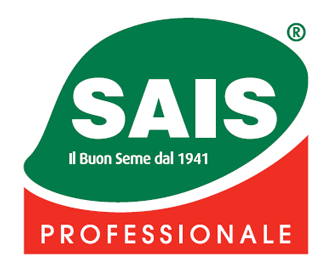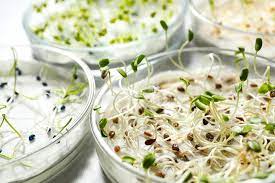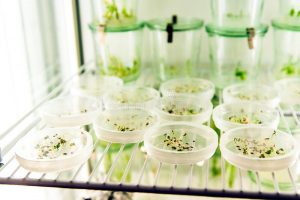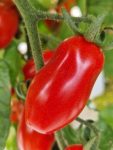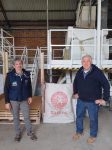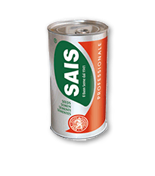SAIS GERMINATION ANALYSIS ON QUALITY SEEDS
In modern agriculture, the concept of quality also and above all passes through the quality of the seed. By the aim to guarantee the quality control of its seeds, Sais has in-house laboratories where various analyses can be carried out, including the analysis of the germinability of the seed.
This value is very important for offering the end customer a seed with the greatest probability of producing a seedling, and the analyst checks actually the seedling count, in order to be able to express a result as a percentage, i.e. the percentage of seed that finally will give rise to a productive plant. Sais carries out the germination analysis according to the procedures regulated by the International Seed Testing Association (ISTA) http://www.seedtest.org/. These globally recognized rules aim to standardize the procedures of sampling, germination, purity and also some pathogens tests in order to obtain results that are as comparable as possible to each other. In this way, laboratories around the world or subsequent replications of a sample can give statistically homogeneous values, avoiding complains and discrepancies when a lot is sampled and tested in different Laboratories all over the world. The ISTA rules decode all the possible variables associated with the analysis by researching which of these are the most suitable for each individual species. The variables are many, but the main ones are the culture substrate,temperature, light, humidity and the duration of the analysis. The substrate plays a fundamental role in optimizing seed germination; ISTA rules provide to use inert substrates such as filter paper or sand, among other options. Each species requires its most suitable substrate even if the regulation is not rigid; as a matter of fact, other options are suggested to be used for any retries. Specifically, the substrates allowed by the ISTA rules are the following:
| TP | Paper | I.E. Basilic, Carrot |
| BP | Between Paper | I.E. Coriander |
| PP | Pleated Paper | I.E. Watermelon |
| S | Sand | I.E. Peas, Beans |
Temperature is a second very important parameter that regulates the optimization of germinability, also about this the ISTA rules are clear in listing the optimal temperature for each species, also suggesting alternatives just like for substrates. The temperatures allowed by the ISTA rules are as follows:
| 20° C | I.E. Onions, Cabbage, Lettuce |
| 20-30°C | I.E. Basil Chicories, Watermelon |
The presence or absence of light is essential for giving birth to a seedling from a seed put into cultivation, the rules suggest the use of alternating light (dark-light) with a frequency of 8 hours of dark and 16 hours of light, often associated with vary the temperature where this is required, or keep it dark for the whole day. Humidity is of vital importance for the successful outcome of the analysis, this is regulated with three degrees of humidity: low, medium, high. Some species need high humidity (e.g. Chicory) while others need low humidity (e.g. Spinach).
The duration of the test is closely linked to the species being analysed, the ISTA rules indicate in a very specific way how many days the test must last. They indicate two values, the first is the first count, useful for seeing the vitality or vigor of the seed, while the second is the final count which indicates the result of the germinability of a lot.Hereby are some examples of first count and final count in some species:
| Tomato | 7 | 14 |
| Basil | 4 | 14 |
| Onion | 6 | 12 |
| Lettuce | 4 | 7 |
All these internationally recognized rules are necessary to offer the customer a quality service on the germinability of seeds.
Last but not least is the determination of a minimum level of germinability in order to market the seed. These values as well have been decoded by the ISTA for each individual species. SAIS Spa guarantees that this threshold is exceeded and in particular cases, such as high quality seeds, even germination values higher than the minimum required, placing the Company in a high quality seed range.


